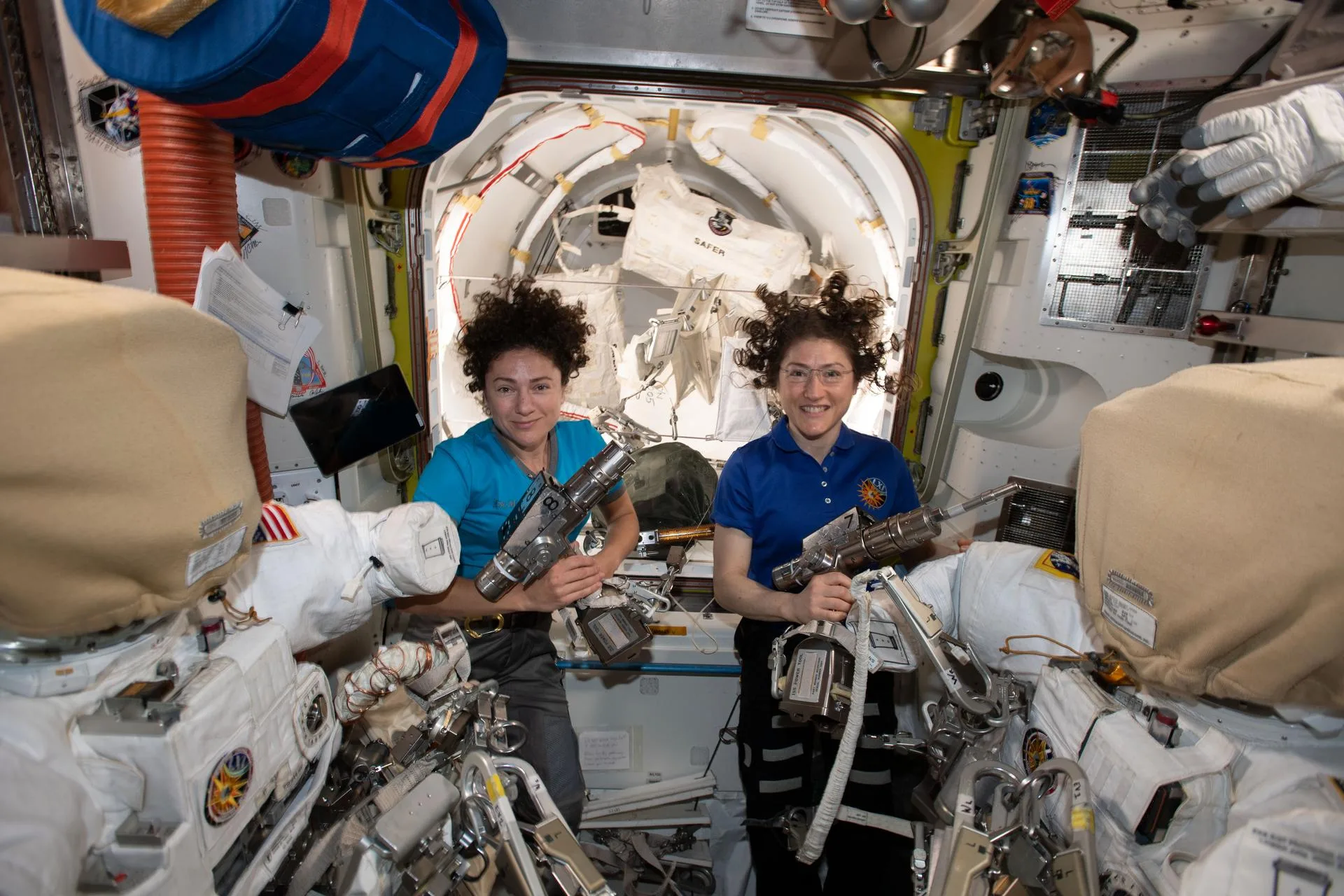The vast expanse of space, with its zero-gravity environment and extreme conditions, presents unique challenges for astronauts. Among these, one of the most intriguing is the use of tools. On Earth, we take for granted the ease with which we can turn a screw or press a button. But in space, these seemingly simple tasks become complex operations requiring careful planning and execution. This blog post will delve into the intricacies of tool use in space, exploring the challenges astronauts face and the innovative solutions they employ.
The Challenges of Zero Gravity
In the absence of gravity, the simplest tasks can become complex. For instance, turning a screwdriver requires counterforce. On Earth, this is easily achieved by holding the object steady with one hand while turning the screwdriver with the other. In space, however, the object would simply float away unless secured. Similarly, pressing a button might cause an astronaut to push themselves away from the control panel due to the equal and opposite reaction principle.
Moreover, the lack of gravity affects the way tools behave. A dropped tool doesn’t fall to the ground; it floats away, potentially becoming a dangerous projectile. Tools and parts can easily get lost, creating a hazardous environment for astronauts and equipment.
Innovative Solutions for Tool Use in Space
To overcome these challenges, space agencies have developed a range of innovative tools and techniques. For instance, NASA’s space tool kit includes tethered tools to prevent them from floating away. Velcro is also widely used to secure objects. Astronauts often use their feet to anchor themselves when they need to exert force, such as when turning a screwdriver.
One of the most notable innovations is the Pistol Grip Tool (PGT), a computer-controlled power drill that astronauts use for various tasks, including driving and removing bolts. The PGT can be set to specific torque levels to prevent overtightening or undertightening, which is crucial in the delicate environment of space.
The Role of Robotics
Robotic systems also play a significant role in space tool use. The Canadarm2 and Dextre, robotic systems aboard the International Space Station (ISS), can perform tasks that would be difficult or dangerous for astronauts. These include manipulating large objects and performing precise movements with tools. Robotic systems can also work outside the ISS for extended periods, reducing the need for risky spacewalks.
Training for Space Tool Use
Astronauts undergo rigorous training to prepare for the challenges of tool use in space. This includes underwater training in large pools, which simulates the weightlessness of space. Astronauts practice using tools and performing tasks they’ll need to do during missions. Virtual reality is also increasingly used in training, allowing astronauts to rehearse complex tasks in a safe and controlled environment.
The Unseen Challenges: Broken and Lost Tools in Space Missions
In the vast expanse of space, even the smallest mishap can have significant consequences. Among these, broken and lost tools during space missions present unique challenges that often require quick thinking and innovative solutions from astronauts.
Broken Tools: A Test of Ingenuity
The harsh conditions of space can be unforgiving on equipment. Tools can break or malfunction, and with no hardware stores in orbit, astronauts must often become resourceful repair technicians. For instance, during the Apollo 13 mission, astronauts had to improvise a solution to fix their damaged spacecraft using only the materials available onboard. This kind of ingenuity under pressure is a testament to the extensive training astronauts undergo and their ability to adapt to unforeseen circumstances.
Lost Tools: A Floating Hazard
In the weightless environment of space, lost tools don’t simply fall to the ground; they float away. This can create potential hazards, as these objects can collide with the spacecraft or other equipment, causing damage. To mitigate the risk of losing tools, astronauts tether their tools to their suits or the spacecraft. However, even with these precautions, accidents can still happen. When tools are lost, astronauts must report the lost items, including their size, mass, and velocity, to the ground team. This information is used to track the items and assess any potential risk they might pose to the spacecraft.
Conclusion
The use of tools in space is a fascinating aspect of human space exploration, highlighting our ability to adapt and innovate in the face of unique challenges. As we continue to push the boundaries of space exploration, the development of new tools and techniques will be crucial. Whether it’s turning screws or pressing buttons, the seemingly simple tasks we perform on Earth take on a whole new dimension in the vastness of space.
As we look to the future, the lessons learned from tool use in space will continue to inform the design of equipment and training programs. They will also inspire new technologies and innovations that could have applications beyond space exploration. After all, in the words of astronaut Chris Hadfield, “In space, the difference between life and death lies in the details.”

